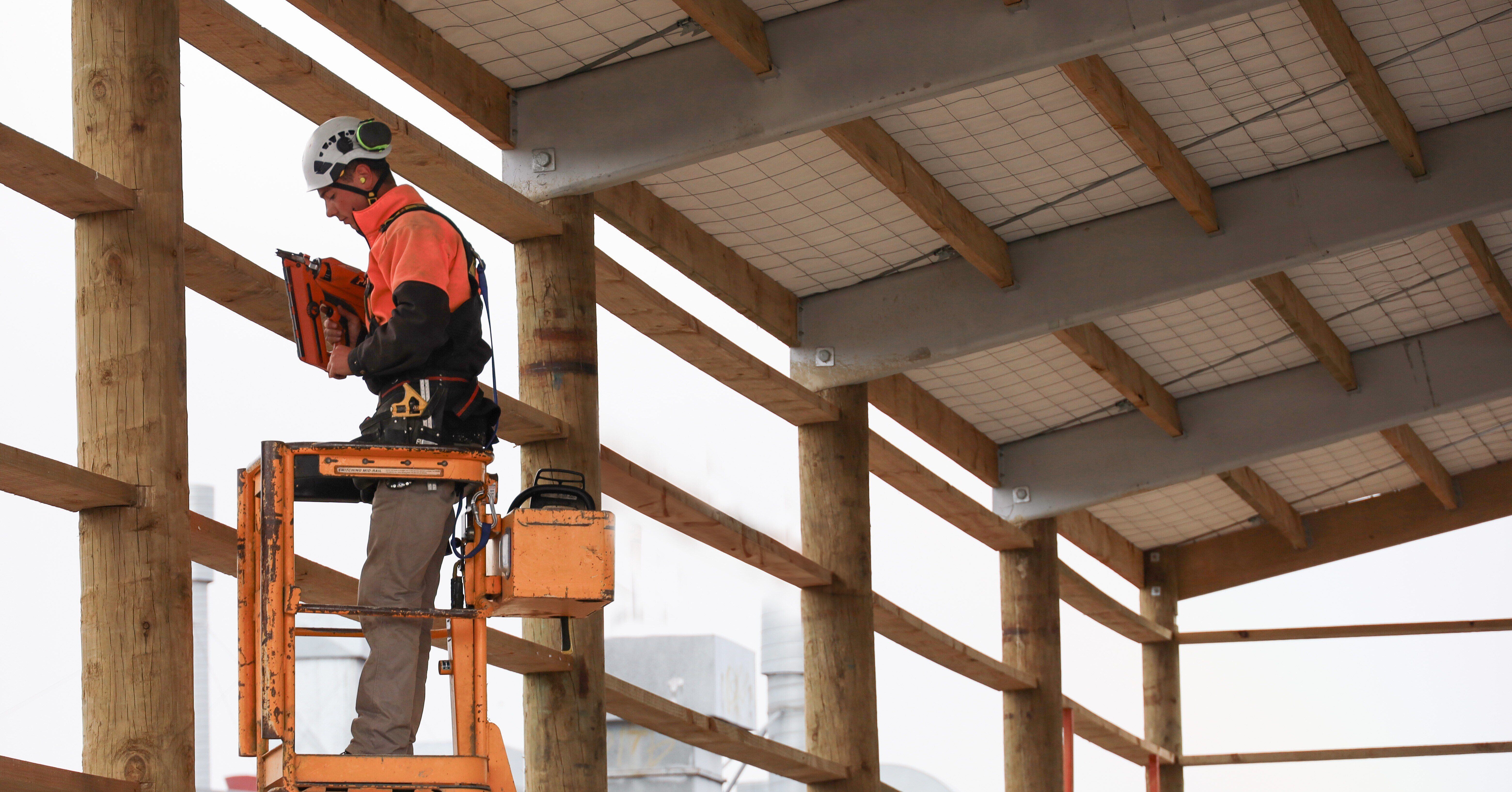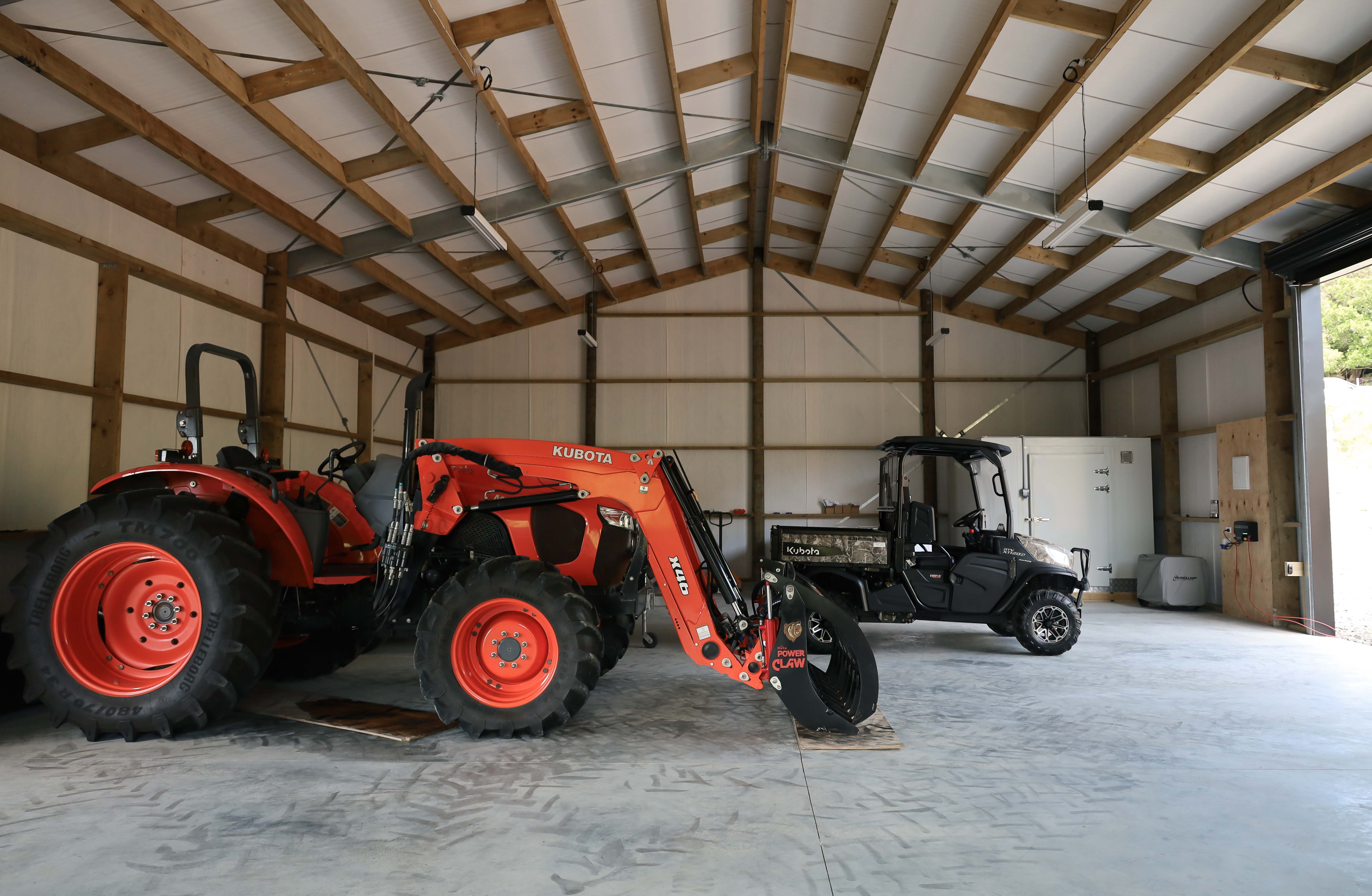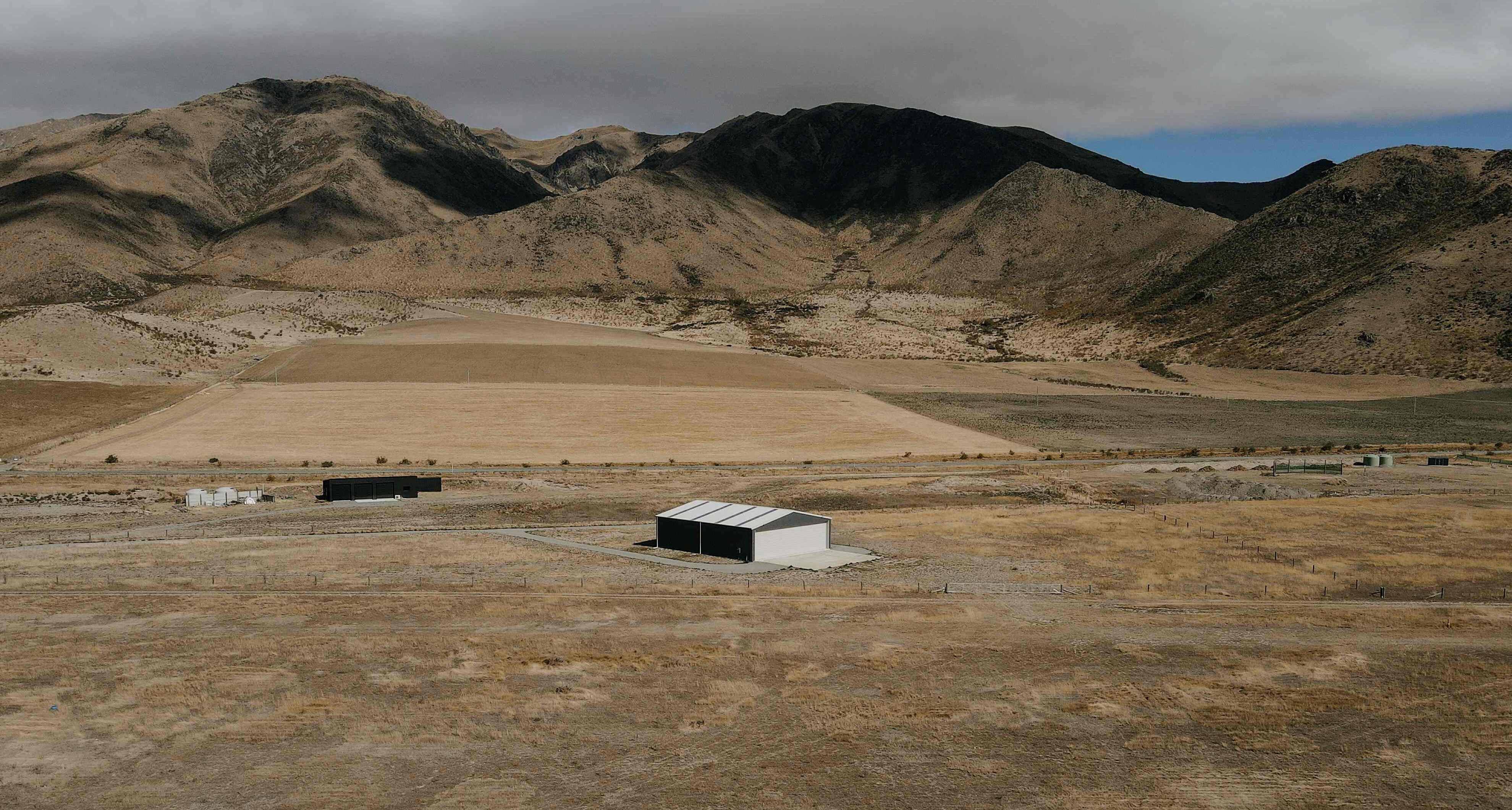
If you have ever lodged a building consent yourself, you will know the feeling. Typically, there is a raft of paperwork to fill out and submit, and then the waiting game of 20 working days begins for it to be processed. Finally, you receive an array of questions from the council before it is approved.
Farm sheds are no exception, and as the building code and district plans continue to evolve, they are becoming more complex.
Sounding scary and a bit too difficult? We hear you. Thankfully most shed companies have an in-house team or agency who can sort your shed consent, and we highly recommend checking if your shed supplier has a reputable and capable team to do this. It will save you time, money, and a lot of headaches.
The A-team have put together some key steps in this article to help you understand what’s involved in getting building consent for a shed.
Steps to getting building consent for a shed
1. Designing the shed & obtain an engineer PS1
Your shed will need to be designed to ensure that it meets the requirements of the Building Code, as well as any local council bylaws or regulations. This will typically involve preparing plans, drawings, and specifications for the shed.
2. Engage a building consent professional
It is recommended that you engage a building consent professional, such as a qualified designer or licensed building practitioner, to help you prepare the building consent application and ensure that it complies with all necessary standards and regulations.
3. Prepare the building consent application
The building consent application will typically include plans and specifications for the shed, as well as other supporting documentation. You will also need to pay the relevant fees. Typical documents required include:- A detailed site plan.
- Evidence of compliance with the necessary recession plans.
- A ground report.
- Any related design PS1 and detailed plans of the proposed construction.
4. Lodge the building consent application
Once the application is complete, you can lodge it with your local council. The council will then review the application and may request additional information or clarification if needed.
5. Obtain the building consent
Once the council is satisfied with the application, they will issue a building consent. You will need to ensure that all work is carried out in accordance with the building consent and that inspections are completed as required.
6. Obtain a code compliance certificate
Once the work is completed, you will need to obtain a code compliance certificate from the council to confirm that the shed complies with all necessary standards and regulations.
Overall, getting building consent for a shed in New Zealand can be a complex process, and it is recommended that you seek the advice of a building consent professional to ensure that the process runs smoothly and that your shed complies with all necessary standards and regulations. It is usually best to get a building consent professional to lodge the building consent application with the council for several reasons.
Why use a building consent professional?
Knowledge and Experience
Building consent professionals have extensive knowledge and experience in the building industry and with the building consent process. They know what documents and information are required to support the application, and how to present it in the best way to meet the council's requirements.
Timesaving
Preparing a building consent application can be a time-consuming process and getting it right is crucial to avoid delays in the approval process. A building consent professional can save you time by preparing the application correctly so that it can be lodged with the council promptly.
Compliance
Building consent professionals are familiar with the building code, building regulations, and local council requirements. They can help ensure that the plans and specifications for your project meet these standards so that the building consent is granted without any issues.
Support
Building consent professionals can provide ongoing support and assistance throughout the building consent process. They can liaise with council staff, respond to requests for information, and help resolve any issues that arise.
Overall, getting a building consent professional to apply with the council can help ensure that the process runs smoothly, and efficiently and that your project complies with all necessary standards and regulations. Alpine buildings is no stranger to consent and employ trained professionals who do this day in and day out. For more information, contact our expert team today.
At Alpine Building, we begin the consent process by developing a site plan for where you intend to have the shed. We then detail the distances to boundaries and confirm any setback requirements from boundaries and or recession planes. This all happens while we draw the main shed plans and obtain engineer PS1. This documentation is then compiled and ready for application, and the process begins. Our team then responds to any RFI’s (request for information) and deals with the council questions to see it through to approval.
If you are in the preliminary stage of your next shed project and would like advice or to discuss your options on your shed consent, don’t hesitate to reach out. The Alpine Building team are happy to help and offer any advice to ensure a streamlined process for you!









